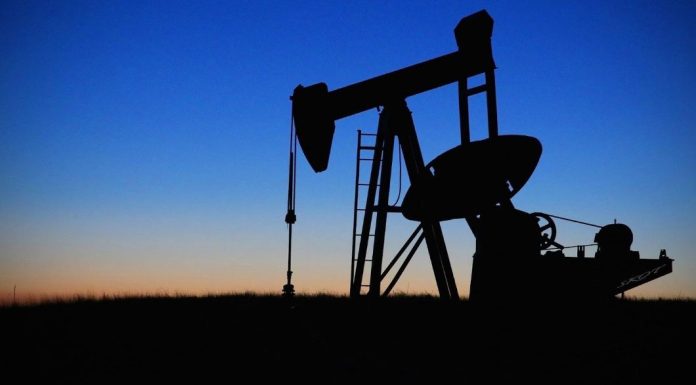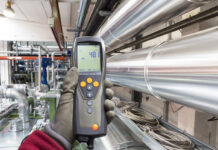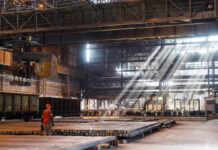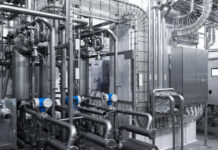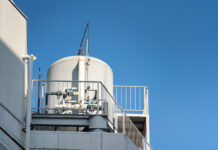Augmented reality (AR) is a technology that allows users to combine real-life experience with add-ons that aren’t physically there. AR is used in a variety of industries, including oil and gas. AR is a great tool for exploration and drilling. It can help identify potential gas and oil deposits, and it can help drillers find and repair leaks.
AR is also a great tool for training workers. AR can help workers learn how to safely perform their jobs. Augmente reality is a technology that’s growing in popularity, and it’s likely to become even more important in the oil and gas industry in the future. In this article, we’ll explore the potential benefits of AR in oil and gas industry and give you some tips on how to use it.
What is augmented reality?
Augmented reality is the use of digital technology to create a realistic representation of objects. For example, an AR app might let you see a computer-generated diagram of a well site, or it might overlay a real-time view of a drill site onto an AR model of the well. AR can also let users see things like computer-generated annotations or videos that are overlaid in the real world. AR is different from virtual reality, which creates a completely immersive experience. While VR is becoming more common, most people use AR in professional environments, as it is easier to implement and gives greater opportunities.
How does augmented reality help oil and gas drillers?
AR can be a great tool for mapping and surveying drilling sites. It can let geoscientists and engineers see the site in 3D, and it can help them identify potential issues like broken equipment or bad data. AR can also let them see the site at different times of day, allowing them to notice things like construction activities or leaks. AR can also help oil and gas operators find and repair potential issues. For example, an AR app might let someone see a broken pipe and overlaid instructions on how to fix it. AR can even let operators see how different repairs might affect pressure and flow in the well. AR can help oil and gas operators plan their work, too. For example, an app might let them see how work will affect nearby infrastructure or pipelines. Digital tools like the Nsflow platform bring new quality into industrial operations.
How can AR be used to train workers?
AR can be a great tool for training workers. For example, an AR app might let a worker see a blueprint or diagram of a structure, without cutting them off of the real-life surroundings. Workers can then view this diagram in AR and see how their decisions affect the structure. AR can also let them view a virtual model of their work site, allowing them to simulate the effects of their actions. This can help workers understand how their actions affect the well. For example, an app might let workers see a model of how their work might affect oil or gas production, predicting future outcomes.
What are the potential benefits of augmented reality in the oil and gas industry?
One of the most common uses of AR in oil and gas industry is for mapping and monitoring drilling sites. Oil and gas operators can use AR to see the site in 3D and identify potential issues like broken equipment or incorrect operations. Personnel can also use AR to better understand the site at different times of the day. This can help operators spot construction activities or leaks on the site. Oil and gas operators can use AR to plan their work. For example, AR apps can show how work will be required to maintaint nearby infrastructure or pipelines. This can help operators decide how much impact to have on other sites.
Conclusion
Whether used by rig workers or engineers, AR can help identify potential issues on drilling sites and find and repair issues. AR can also be used to plan operations, reducing the risk of damage to other sites. While AR has great potential, it also has some limitations. It cannot replace geological or geophysical data, and it can only supplement real-world experience. But for many oil and gas operators, augmented reality can help improve productivity and lower costs. With features like digital step-by-step instructions and real-time communication with remote operators, AR in oil and gas industry can improve working conditions of frontline workers.


